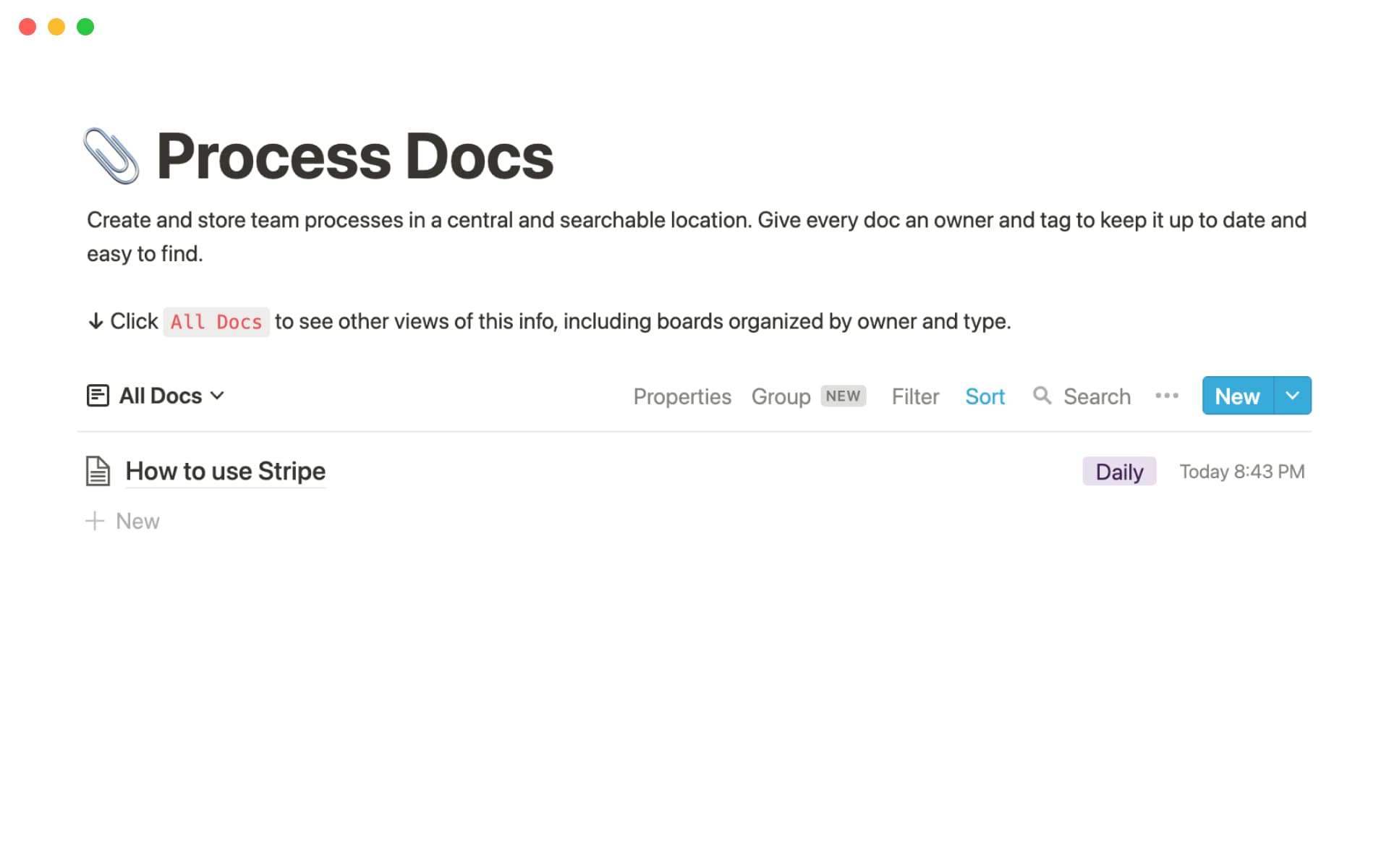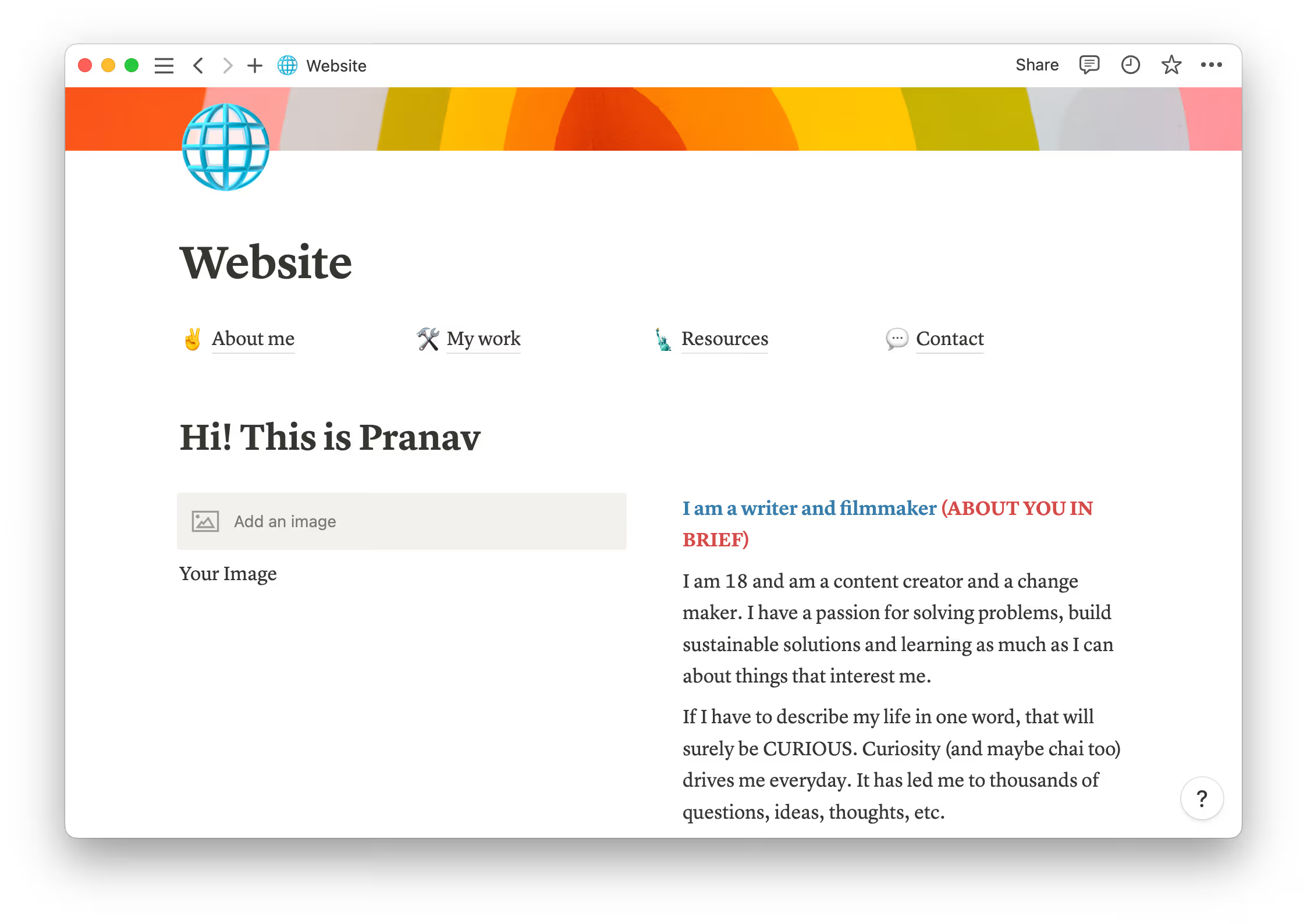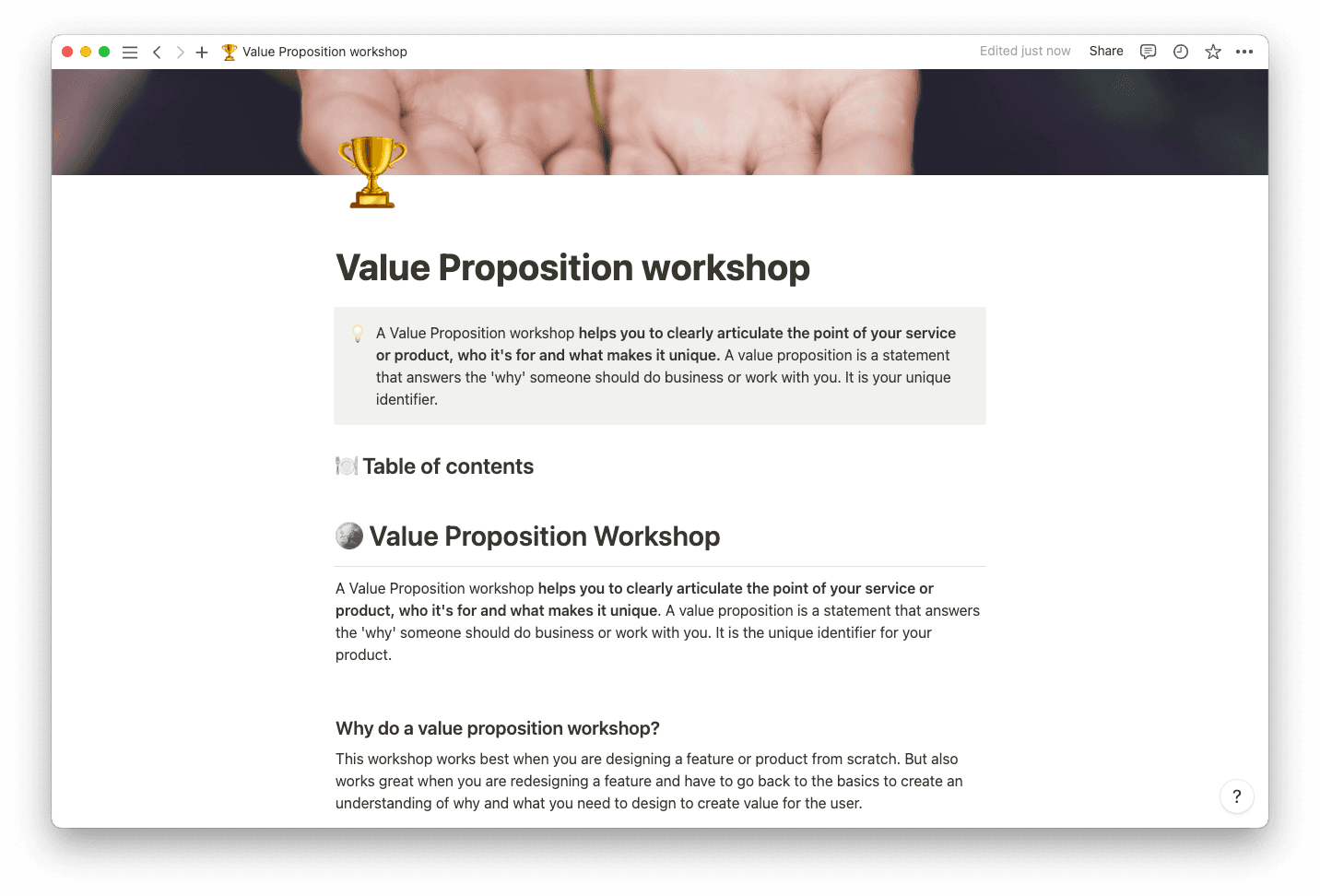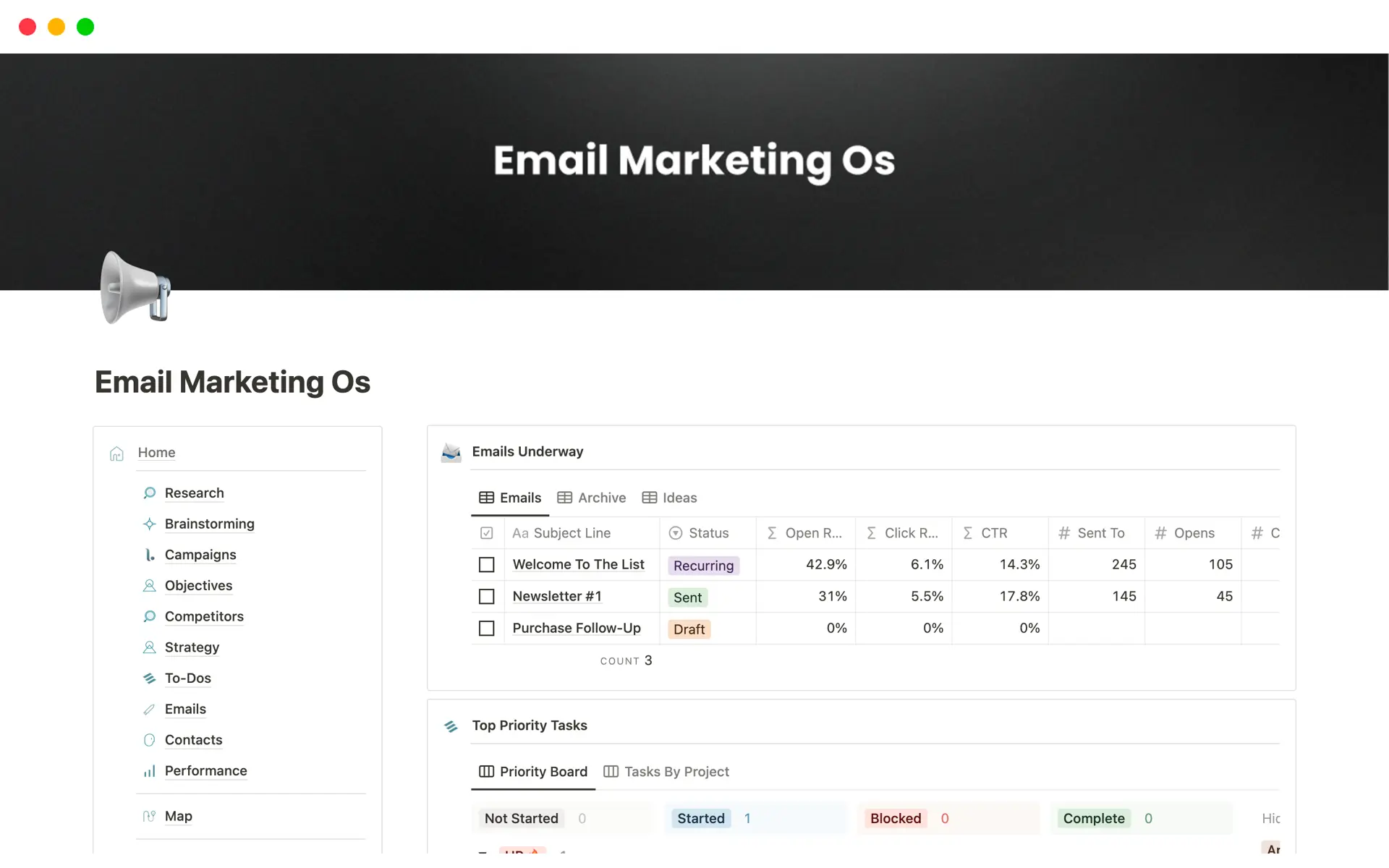Chances are you came across an advertisement during a recent browsing session. It might’ve been discreetly positioned in the sidebar, or inserted between posts on your social media feed, but a marketing message caught your attention.
This should come as no surprise — marketing is everywhere online. Business spending on digital advertising was at a whopping $522.5 billion in 2021, and estimates project that number will rise above $800 billion by 2026.
If your brand isn’t among those cropping up on Instagram and in Google search results, you’re missing out on a vital opportunity to stay competitive. It’s time to join the ranks of your peers and promote your products and services online.
Don’t squander an opportunity to connect with your target audience. Unlock your business’s potential by exploring stellar digital marketing strategy examples from top brands and learning how to craft an excellent strategy of your own.
What’s a digital marketing strategy?
A digital marketing strategy is a detailed plan for promoting products or services to web and social media audiences. These plans often take a multi-channel approach, including areas such as paid ads, influencer and affiliate marketing, and search-engine-optimized (SEO) content creation.
Thanks to the technology that backs digital marketing plans, marketers can gather in-app and online metrics about their advertisements to help them constantly evolve their strategy. These tools can even target particular audience segments and monitor engagement, taking some of the work out of running a successful campaign.
The benefits of a digital marketing strategy
Keeping up with your competitors is reason enough to employ any marketing plan, but does your brand really need a digital strategy? In most cases, the answer is yes.
If your target demographic is online, meeting them there is smart practice. Web and social media strategies drive business by:
Increasing website traffic — if you have a digital storefront or earn money every time someone visits your site, you benefit from a steady flow of traffic. Placing browser and social media ads — or even just dropping a link in the bios of your profiles — makes it easy for potential customers to find and click through to your site.
Promoting brand awareness — virtual advertising increases your business’s reach. By marketing your offering online, you gain access to an audience outside your geographical area. And as long as these users can access your product online, you’re generating potential leads.
Providing better data — whether you’re running an email campaign from a customer relationship management (CRM) tool or advertising on Facebook, you gain valuable data about how viewers interact with your marketing materials. With the right tools, you can see valuable metrics, including how many people forward your content, open your emails, or click through to your website. This information allows you to understand what type of content your audience enjoys and create similarly high-traction ads in the future.
Types of digital marketing strategies
Digital marketing is a broad field; companies generally combine several techniques to create a robust approach to advertising. Let’s explore six key aspects of virtual promotion:
Search engine optimization (SEO)
This strategy leverages content to pique viewers' interest. Pump your website with keywords a search engine will likely pick up when a potential customer searches for products or services like those you offer. For instance, a graphic designer could write a blog post about aesthetics full of popular related search terms, attracting readers who might be interested in their offerings to their business website.
Content marketing
Content marketing focuses on grabbing a reader’s attention with high-quality, informative writing on a particular subject. Your graphic design team could create an authoritative resource on branding that garners traction from anyone searching for this information on the web. Viewers who land on your site may take a second look at your products or services while they’re there.
Pay-per-click (PPC) advertising
Pay-per-click (PPC) advertising is a strategy in which you pay to rise to the top of search results. A graphic design business using PCC could come up first in queries for relevant terms, encouraging searchers to click on the company’s site.
Email marketing
Email marketing involves sending messages to a mailing list. Emails may contain promotions, updates, or calls-to-action (CTAs), like an invitation to participate in a consumer survey in exchange for a discount. Businesses leverage email marketing to gather valuable data on what content pushes their audience to keep reading and click through to the company’s website.
Social media marketing
Social media marketing is a vast subset of digital advertising that includes all promotional activities on platforms like Instagram, Facebook, or LinkedIn. Businesses can team up with influencers or affiliate marketers to launch sponsored content, pay for in-feed ads, or use their social media accounts to run promotions and engage viewers with valuable information. Marketers using this method often follow a content calendar to hold followers’ attention with consistent posts.
Video marketing
Video marketing is a type of content advertising focused on film clips. Brands use platforms like Instagram Reels, TikTok, and YouTube to engage viewers and encourage them to learn more about a product or service. A graphic designer could post a video with tips for using a popular image editing platform, pulling in viewers who might need their design services.
How to create a digital marketing strategy
Grab your laptop and get ready to draft a powerful digital marketing strategy. Here’s how to generate your approach:
1. Know who you’re marketing to
Determine your target audience so you can tailor content to them and use the right channels. For example, if you’re targeting young adults, you probably want to focus on social media. No matter the audience, knowing who you hope to reach guides your research and overall marketing plan.
2. Set goals
Part of the beauty of digital marketing is that you gain access to invaluable metrics, allowing you to measure your campaigns' success and pivot tactics as necessary. Set specific, time-bound, measurable goals for your digital ads, like increasing Instagram engagement by 10% in a year or boosting your email open rate to 15% by the end of the quarter.
3. Set a budget
Another upside to digital marketing is that there are plenty of free ways to reach audiences, such as content creation and grassroots advertising on your social media accounts. However, if you have the means, spending money can quickly boost your reach. If you’re considering investing in browsers or social media ads, determine how much you want to spend and search for an offering that meets your budget. Many platforms can operate within your limits and allow you to set a maximum advertising investment number.
4. Create and launch your content
Create great content by sticking to your brand’s identity and generating value for viewers. An Instagram infographic on color theory could drive traffic from a design-focused audience interested in reading more on this topic. Similarly, an aesthetically pleasing email on a new design product could inspire click-throughs to your business’s site.
5. Leverage metrics
After implementing your marketing strategy, take advantage of the data social media apps, website builders, CRMs, and digital ad services provide to understand what type of content resonates with your audience. If an informational email flops but one with a coupon tracks well, you know your readers enjoy a discount — so you should continue to offer them.
Examples of digital marketing that works
When seeking inspiration for your digital marketing strategy, look no further than the brands you admire. If they stick out to you, they’re probably leveraging their image and expertise to offer attractive, valuable content to their audience. Here are three examples of household names that understand what makes consumers tick:
Spotify — the music streaming service created a savvy content marketing asset via Spotify Wrapped, a visually appealing, end-of-year compilation of each user’s personal soundtrack. The application provides slides featuring listeners’ top songs and genre trends they can share on social media, driving traffic back to Spotify.
AMEX — this financial services company delivers high-quality content marketing through its blog. Articles provide helpful tips on everything from managing money to developing leadership skills, establishing AMEX as an authority — all while driving traffic to the company’s site and generating interest in its financial products.
JetBlue — JetBlue focuses on accessibility, from its vision statement promoting affordable rates to its digital marketing strategy, which leverages Twitter as a customer service platform. Clients receive quick answers from the brand’s service team via this social media app, promoting transparency, trust, and connection.
Create a digital marketing strategy with Notion
Notion’s mission is to support your business. Take advantage of our guides, templates, and tools to craft a winning digital marketing strategy and scale your reach to a broader audience.
Create compelling posts and plan ahead with Notion’s social media calendar, read up on effective email marketing, and use the platform’s AI writing tools to draft your next blast.







